Finishing nailer or brad nailer for mdf baseboard and casing install
6 years ago
Featured Answer
Sort by:Oldest
Comments (6)
- 6 years ago
Related Professionals
Minneapolis Furniture & Accessories · North Hollywood Furniture & Accessories · Northridge Furniture & Accessories · Sahuarita Furniture & Accessories · Bethlehem Custom Artists · Berkley Window Treatments · Cahokia Lighting · Jefferson Valley-Yorktown Lighting · Salem General Contractors · Country Club Hills General Contractors · Klahanie General Contractors · Lincoln General Contractors · Mount Vernon General Contractors · Noblesville General Contractors · Uniondale General Contractors- 6 years ago
- 6 years ago
- 6 years agolast modified: 6 years ago
- 6 years ago
Related Stories
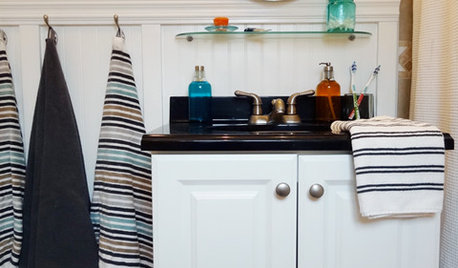
WALL TREATMENTSBeadboard Panels Offer a Shortcut to a Classic Style
Traditional touch: Change up plain bathroom walls with beaded hardwood planks and trim you can install yourself
Full Story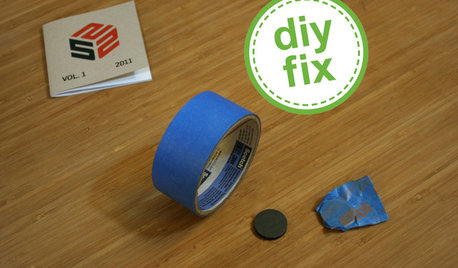
DECORATING GUIDESQuick Fix: Find Wall Studs Without an Expensive Stud Finder
See how to find hidden wall studs with this ridiculously easy trick
Full Story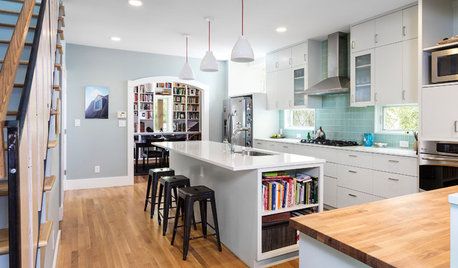
MOST POPULAR6 Kitchen Flooring Materials to Boost Your Cooking Comfort
Give your joints a break while you're standing at the stove, with these resilient and beautiful materials for kitchen floors
Full Story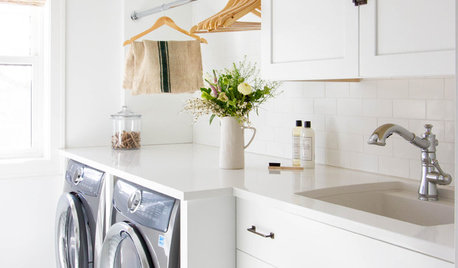
MOST POPULARHow to Remodel the Laundry Room
Use this step-by-step guide to figure out what you want and how to make it happen
Full Story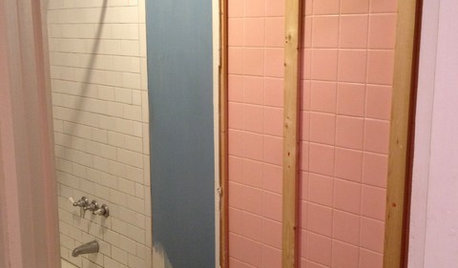
REMODELING GUIDES5 Ways DIY Remodels Get Derailed — and How to Deal
Keep your remodel on track by knowing the potential pitfalls ahead of time
Full Story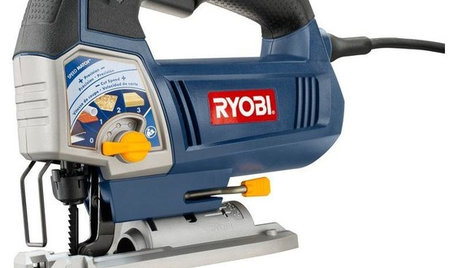
PRODUCT PICKSGuest Picks: Indispensable Tools for DIYers
Build your tool arsenal with these, and you’ll have the right equipment for any home project you take on
Full Story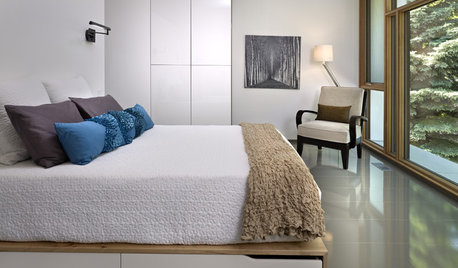
HEALTHY HOMESleep Happier and Healthier in a Toxin-Free Bedroom
Light pollution, toxic bedding, wallpaper that off-gases ... if you're not getting good sleep, these bedroom blights might be to blame
Full Story
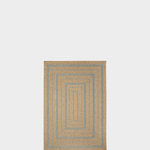
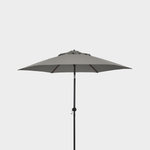
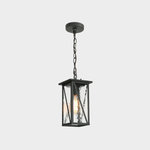


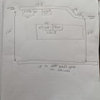



MongoCT